25-Step Mobile App Launch Checklist for 2025
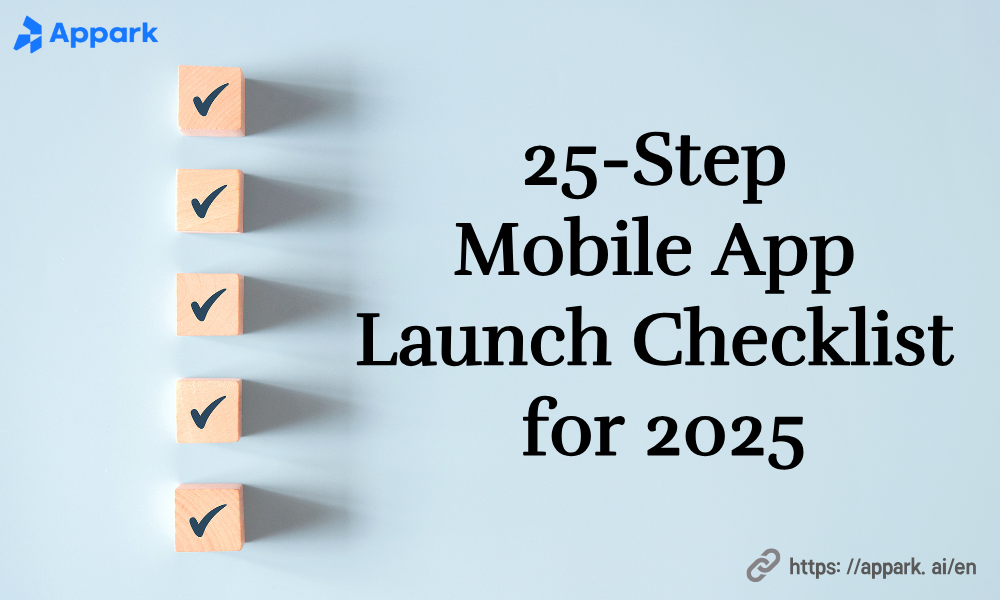
Introduction
After managing a few mobile app launches, I’ve learned one thing — most failures happen long before the app hits the store. The launch itself is just the visible tip; what really matters is how you plan, validate, and execute the groundwork.
This guide isn’t about theory. It’s a 25-step checklist built from what actually works — from market validation to post-launch growth.
And for those who like to move fast, there’s a Mobile App Launch Checklist at the end you can download and use right away. 
Stage 1: Pre-Launch — Validate Before You Build
1. Define Goals and Key Metrics
Unclear goals derail many mobile app launches before they start. Set measurable targets early to guide every decision ahead.
- Define what problem your app aims to solve.
- Identify which users you want to serve.
- Clarify the outcomes you hope to achieve, such as downloads, user retention, engagement, and revenue projections.
Output: A concise business document and KPI checklist to guide development and operations.
2. Market, User, and Competitor Analysis
According to data.ai’s 2024 App Market Report, most failed launches skipped proper market validation—research keeps your mobile application launch grounded in data, not assumptions.
- Research market trends, potential user numbers, and growth opportunities.
- Analyze competitors’ features, user reviews, and marketing tactics to identify gaps and differentiation opportunities.
- Define target user demographics, interests, and pain points.
Output: Target market direction, user personas, and competitor analysis summary.
3. User Acquisition Channels, MVP Validation, and Early Feedback
Building features without feedback leads to low adoption. Early testing shapes a mobile app launch strategy that meets real user demand.
- Identify which platforms your potential users frequent (social media, forums, communities).
- Engage early with potential users and key opinion leaders (KOLs) on those platforms.
- Proactively establish small interest communities (Discord, Reddit, Telegram, Facebook groups) to cultivate core fans.
- Share product prototypes or concepts to validate core hypotheses via MVP testing.
- Invite early users to provide feedback and suggestions.
Output: Real user feedback and early supporter list for reference in official development. 
4. Choose Pricing and Monetization Model
Choosing the wrong pricing can block revenue from day one. Your mobile app launch checklist should cover monetization options.
- Determine how your app will generate revenue (free + ads, one-time purchase, subscription, in-app purchases).
- Analyze competitors’ pricing strategies and test different price points or free models.
Output: Initial pricing logic and business model.
5. Register Domain and Create a Landing Page
A simple landing page can test demand long before you launch a mobile app, helping you collect early signups and feedback that shape your direction.
- Secure a domain consistent with your app brand to prevent others from taking it.
- Build a simple landing page to showcase your app, highlight features, and collect potential user emails.
- Use tools such as Carrd, Webflow, Notion, or Framer for quick setup.
- Embed email collection forms via Mailchimp or ConvertKit.
Output: A lightweight website to attract early interest and validate user demand.
6. Prepare Pre-Launch Marketing Materials
Apps with pre-launch buzz often get higher early downloads. Preparing content in advance accelerates your mobile app launch.
- Share development progress, behind-the-scenes stories, and UI previews to generate anticipation.
- Prepare marketing copy and visuals for social media and community channels.
- Prepare email templates and marketing campaigns for launch.
Output: A ready-to-use content package that can be deployed immediately at launch.
7. Review App Submission Guidelines
Store rejections delay launches for many apps. Following guidelines is critical for a smooth mobile application launch.
- Study App Store and Google Play guidelines to prevent delays or rejections.
- Check app permissions (privacy, location, microphone, camera).
- Ensure content compliance (no prohibited or third-party copyrighted material).
- Prepare privacy policies and data collection statements.
- Verify age rating and category requirements.
Output: A pre-submission checklist to ensure approval on the first try.
8. Prepare App Store and Google Play Listing
Your store listing is often the first impression of your mobile app launch. A few tweaks to visuals and copy can directly impact installs — apps with updated creatives saw a 25% higher CTR (SplitMetrics, 2024).
- Design icons, screenshots, and preview videos.
- Craft app descriptions with an engaging opening, feature highlights, and clear calls-to-action.
- Set categories, keywords, titles, and subtitles.
Output: A complete Store Listing package ready for submission.
9. Optimize App Store Search (ASO)
SplitMetrics’s 2024 ASO Benchmark found optimized listings can drive up to 50% more organic installs—a must for any Mobile App Launch Strategy.
- Write titles, subtitles, and keyword fields to improve search visibility.
- Optimize description and feature highlights to boost click-through and downloads.
Output: Enhanced Store Listing to maximize organic downloads. 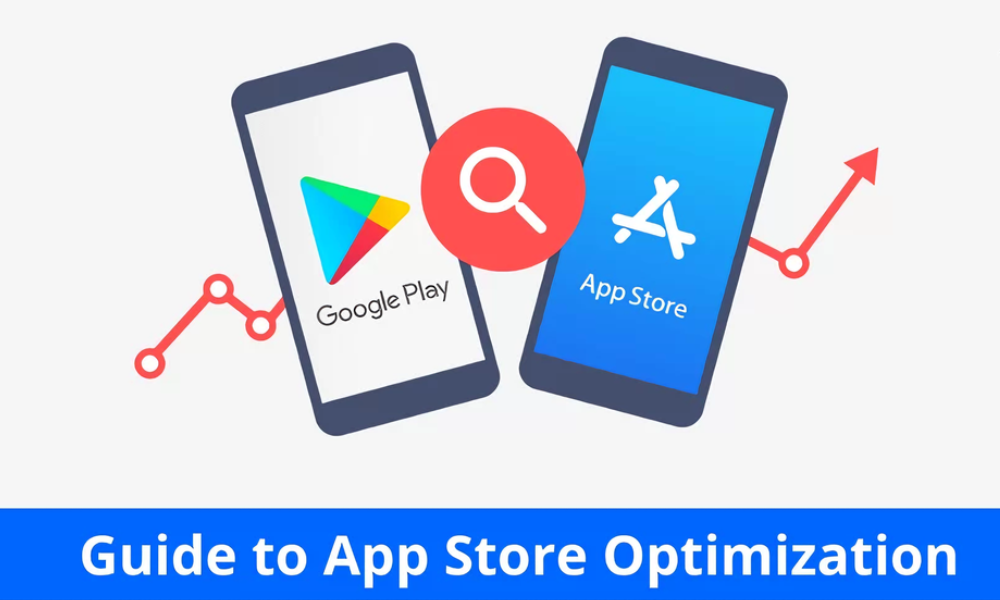
10. Testing and Quality Assurance (QA)
One bad crash can kill retention. Testing thoroughly ensures your mobile app launch starts with trust, not frustration.
- Test functionality across multiple devices and OS versions (especially Android fragmentation).
- Test key paths: registration, purchase, push notifications, in-app purchases, and ads.
- Use tools like TestFlight and Firebase Test Lab.
Output: Bug reports and QA documentation to ensure no critical issues at launch.
11. Team Coordination and Resource Planning
Misaligned teams delay launch milestones. Clear roles and timelines keep your mobile application launch on track.
- Define roles and responsibilities.
- Create timelines to ensure smooth execution of all stages.
Output: Team plan or task list for clear accountability.
12. Legal and Compliance Preparation
Privacy mistakes can block approvals. Tight compliance keeps your mobile application launch safe and store-ready.
- Draft or update privacy policy and terms of service.
- Check GDPR, CCPA, COPPA compliance if collecting user data.
- Ensure in-app ad SDKs and third-party tracking scripts are compliant.
Output: Legal and privacy document package ready for App Store and website.
Stage 2: Launch — Get Visibility and Traction Fast
13. Real-Time Data Monitoring and Tracking
Early monitoring prevents issues from snowballing. Tracking metrics ensures your mobile app launch strategy adapts in real time.
- Monitor your app’s performance in real time: loading speed, stability, and crash reports.
- Track key metrics such as downloads, sign-ups, and first-use sessions.
- Use analytics tools (Firebase, AppsFlyer, ASOTools) to understand user behavior during the first 48 hours after launch.
Output: A real-time performance dashboard that helps your team react quickly and fix issues before they scale. 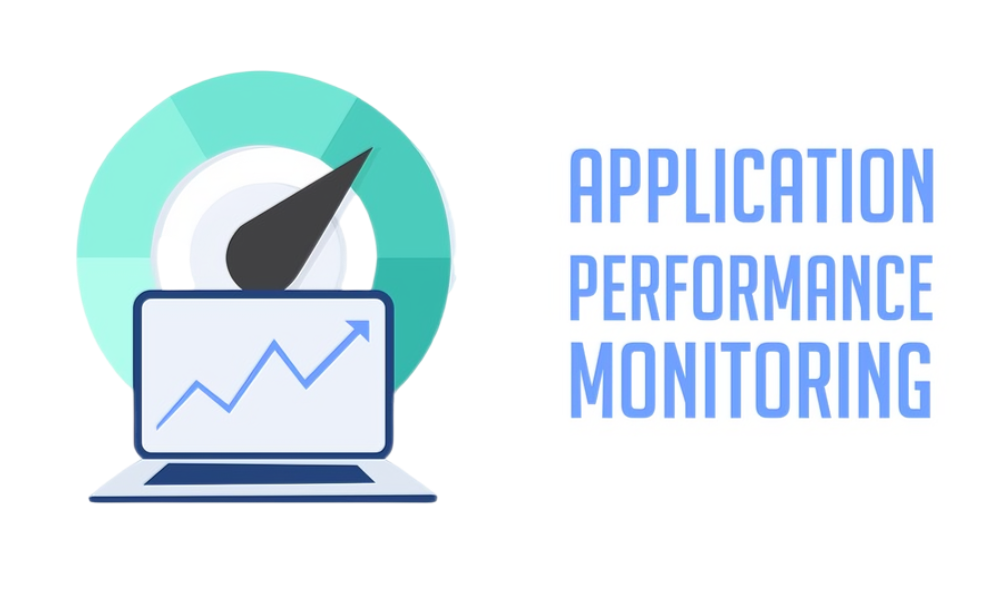
14. Optimize the First-Time User Experience
Most drop-offs happen in onboarding. Improving first-time experience increases retention after your mobile app launch.
- Analyze how real users interact with your app right after installation.
- Check if onboarding and registration processes are smooth and intuitive.
- Identify where users drop off—complex steps, unclear copy, or delayed load times—and fix them immediately.
- Simplify onboarding and clarify feature guidance through short tooltips or video tutorials.
Output: A refined onboarding flow that improves retention and conversion after the mobile app launch.
15. Social Media and Community Promotion
Your mobile app launch won’t gain traction if users don’t hear about it. Go where they are—social media and communities.
- Announce your launch across all relevant social platforms, communities, and niche forums.
- Highlight your app’s core value and differentiation in your posts.
- Use short videos, app walkthroughs, and early user testimonials to build trust and curiosity.
- Host interactive activities (first-week feedback rewards, referral bonuses, contests) to encourage sharing and engagement.
Output: A burst of visibility and downloads driven by community buzz and organic traction.
16. Collaborate with KOLs and Influencers
Trusted voices drive early credibility. Partnering with influencers is a proven tactic in a mobile app launch checklist.
- Partner with creators, influencers, or podcasters who align with your target audience.
- Offer them early access, review copies, or affiliate rewards to create authentic exposure.
- Co-create launch content such as live demos, interviews, or “first impression” videos.
Output: Credible content that builds brand trust and attracts new users from trusted voices.
17. Paid Advertising (Optional)
Smart paid campaigns can quickly amplify reach—test and scale your mobile app launch strategy instead of guessing what works.
- If budget allows, use paid acquisition channels like Meta Ads, Google App Campaigns, or TikTok Ads.
- Set clear targets for installs, cost per acquisition (CPA), and retention.
- Continuously optimize creatives and audience segments based on live data.
Output: A scalable paid traffic stream that complements organic growth channels.
18. Conversion Funnel Optimization
A confusing flow can waste downloads. Streamline onboarding to turn installs into active users and strengthen your mobile app launch ROI.
- Ensure every download source leads to a seamless installation and sign-up process.
- Use deep links to direct users to specific onboarding flows or in-app offers.
- Offer limited-time incentives (free trials, coupons, or rewards) to drive early conversions.
- Track conversion data to find which channels deliver the most valuable users.
Output: A high-converting funnel that turns impressions into loyal users.
Stage 3: Post-Launch — Analyze, Learn, Iterate
19. Build a Customer Support and Feedback System
Fast support boosts trust and retention. Establishing clear channels is vital for long-term mobile app launch success.
- Create a clear FAQ covering common issues and troubleshooting steps.
- Set up chatbots or automated responses for simple inquiries.
- Establish a review and feedback workflow—ensure every issue gets acknowledged and resolved.
Output: A complete support system that increases user trust and satisfaction, improving retention. 
20. Analyze User Behavior
Numbers tell the real story—tracking behavior reveals what fuels or stalls your mobile app launch growth.
- Track key in-app events such as registration, login, feature use, purchases, or shares.
- Map user journeys to understand how they move through the app and where friction occurs.
- Identify problem areas—high drop-off screens, unused features, or confusing flows.
Output: A user behavior report highlighting critical insights and improvement opportunities.
21. Iterate Features Based on User Feedback
Teams that iterate within two weeks of launch see 1.8× higher retention (AppsFlyer, 2024). Feedback is your roadmap.
- Collect feedback from in-app surveys, app store reviews, and community discussions.
- Prioritize issues based on frequency, severity, and alignment with business goals.
- Schedule high-priority fixes or feature updates for the next minor release.
- After updates, monitor behavior and satisfaction to measure improvement.
Output: A feature optimization roadmap and version iteration plan grounded in real user data.
22. Manage Reviews, Ratings, and Public Sentiment
AppFollow (2024) found apps that reply to reviews within 72 hours gain 0.4 higher average ratings. Response time matters.
- Actively reply to app store and social media reviews—both positive and negative.
- Use user feedback to identify recurring pain points and opportunities for enhancement.
- Monitor social discussions around your app to detect potential PR issues early.
- Encourage satisfied users to leave positive reviews and testimonials.
Output: A healthy reputation loop that improves store ranking, downloads, and long-term retention.
23. Post-Launch Content Marketing
Regular updates and tutorials keep users engaged, reinforcing your mobile app launch efforts.
- Publish update announcements and version notes regularly to keep users informed.
- Share tutorials, case studies, and user stories to demonstrate real-world value.
- Encourage user-generated content and active community discussions.
- Maintain a steady content cadence across social media, blogs, and video platforms.
Output: A consistent brand presence that strengthens engagement and user loyalty.
24. User Re-Engagement and Referral Programs
Referral incentives can drive 3–5× organic growth (AppsFlyer, 2024)—don’t let users go cold.
- Use personalized notifications, challenges, or rewards to keep users active.
- Build referral systems that reward users for inviting friends or sharing experiences.
- Segment your audience to send contextual offers or updates based on activity level.
Output: Actionable strategies to boost engagement, reactivation, and organic growth.
25. Ongoing Analytics and KPI Monitoring
Teams that track weekly cohorts maintain 35% higher DAU after three months (AppFigures, 2024). Long-term growth is built on tracking.
- Continuously track retention, daily/monthly active users (DAU/MAU), conversion, and revenue metrics.
- Analyze cohorts of new, active, and churned users to identify retention drivers and churn reasons.
- Combine quantitative data (analytics) with qualitative feedback (reviews, surveys) for full insight.
- Use insights to guide future feature development, UX improvements, and marketing campaigns.
Output: Data-driven iteration and growth plans for your next version or marketing phase.
Mobile App Launch Checklist (Downloadable Summary)
Here’s a complete Mobile App Launch Checklist summarizing all 25 steps above. You can use it to track your progress, delegate tasks, or review your launch readiness.
Download the Excel version at the end of this section to plan your mobile app launch efficiently. 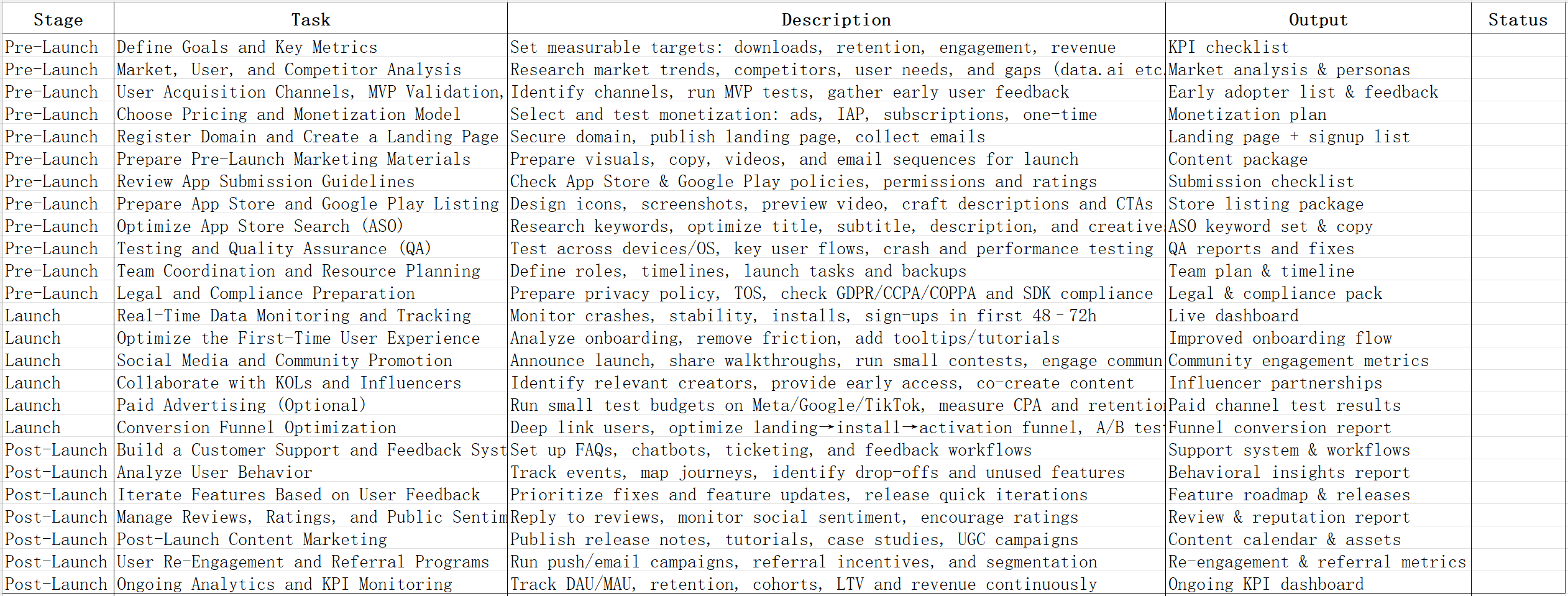
Conclusion
Launching a successful app isn’t a single event—it’s a process. From early validation to post-launch analysis, every step in your mobile app launch checklist contributes to sustainable growth. The difference between an app that spikes and one that scales often lies in data visibility and fast iteration.
That’s where Appark helps. 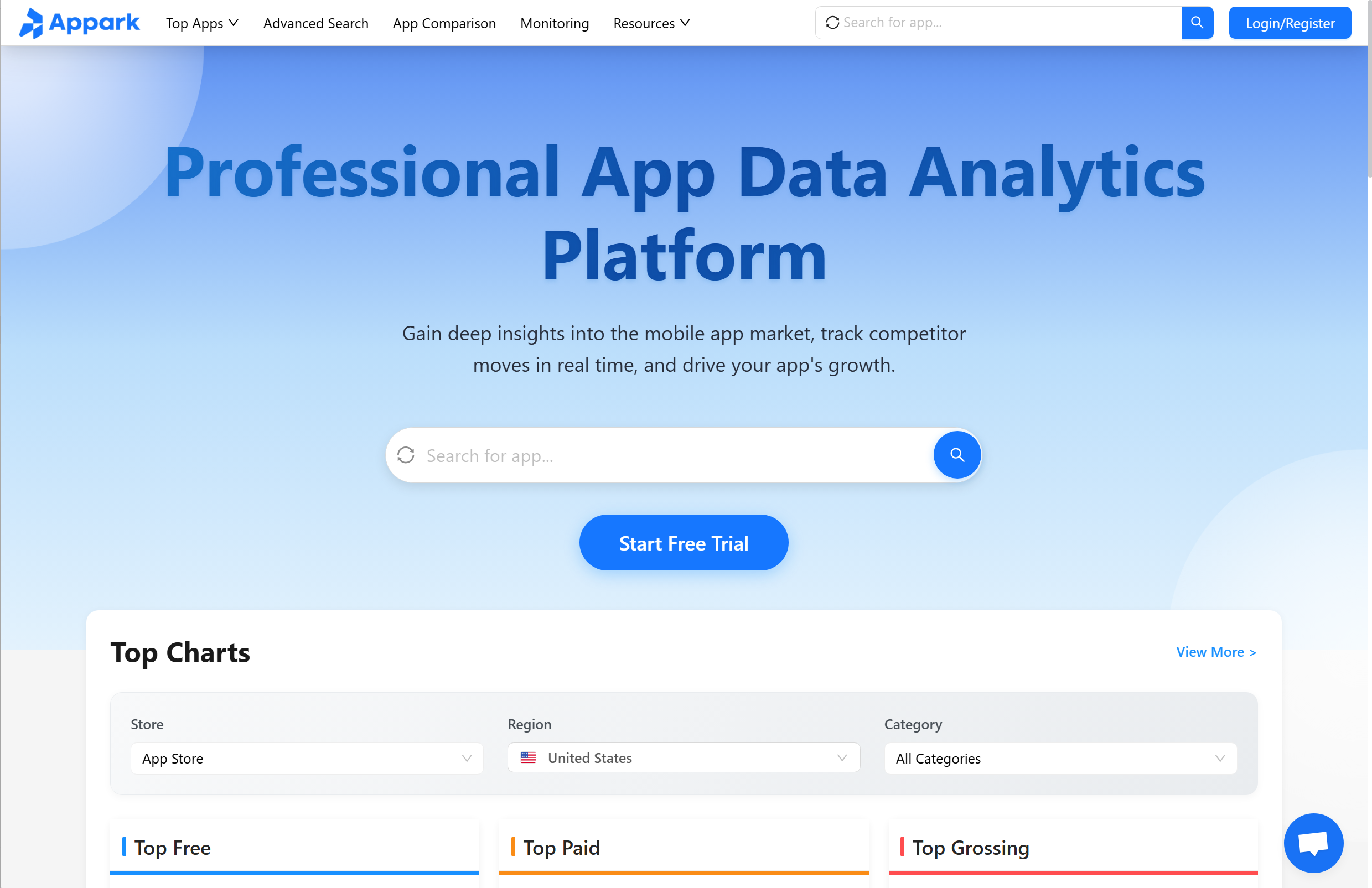
It lets you track downloads, revenue, and competitor performance in real time—so your Mobile App Launch Strategy stays data-driven from day one. Use Appark to monitor your category, detect new market trends, and continuously refine your app’s growth path.